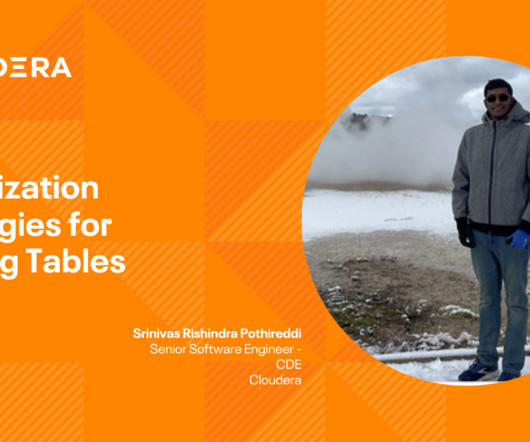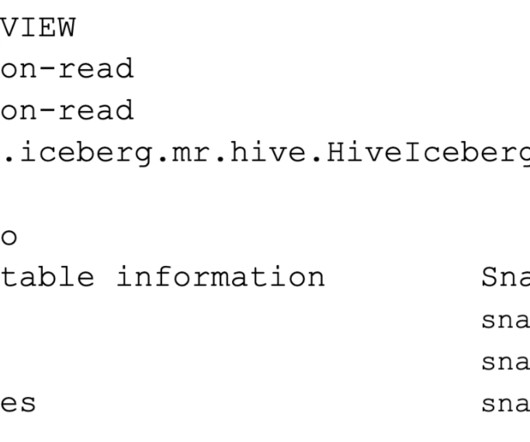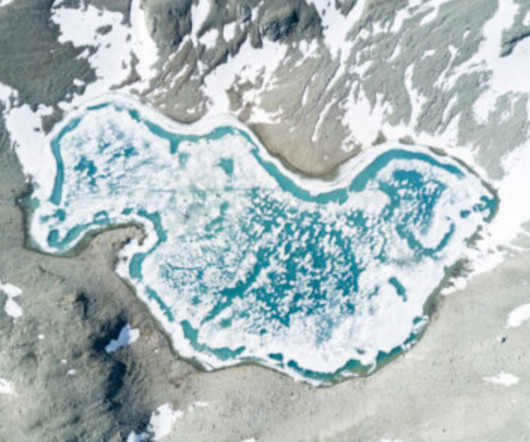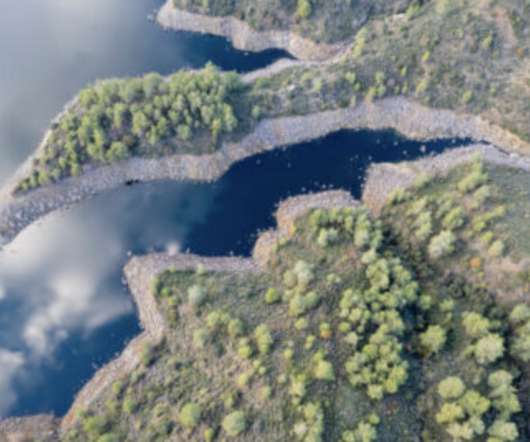Optimization Strategies for Iceberg Tables
Cloudera
FEBRUARY 14, 2024
Introduction Apache Iceberg has recently grown in popularity because it adds data warehouse-like capabilities to your data lake making it easier to analyze all your data — structured and unstructured. Problem with too many snapshots Everytime a write operation occurs on an Iceberg table, a new snapshot is created.













Let's personalize your content